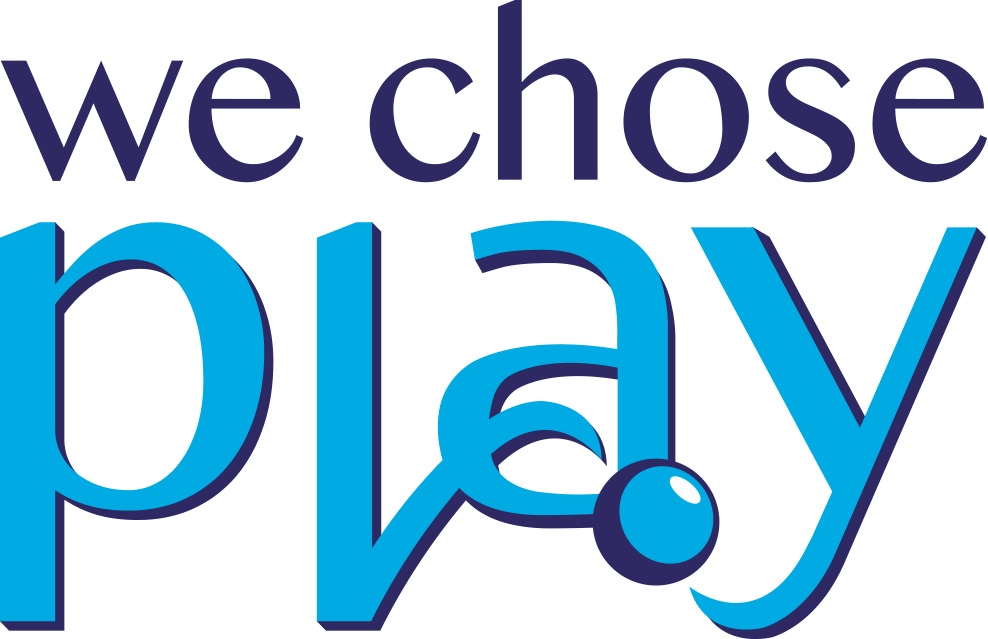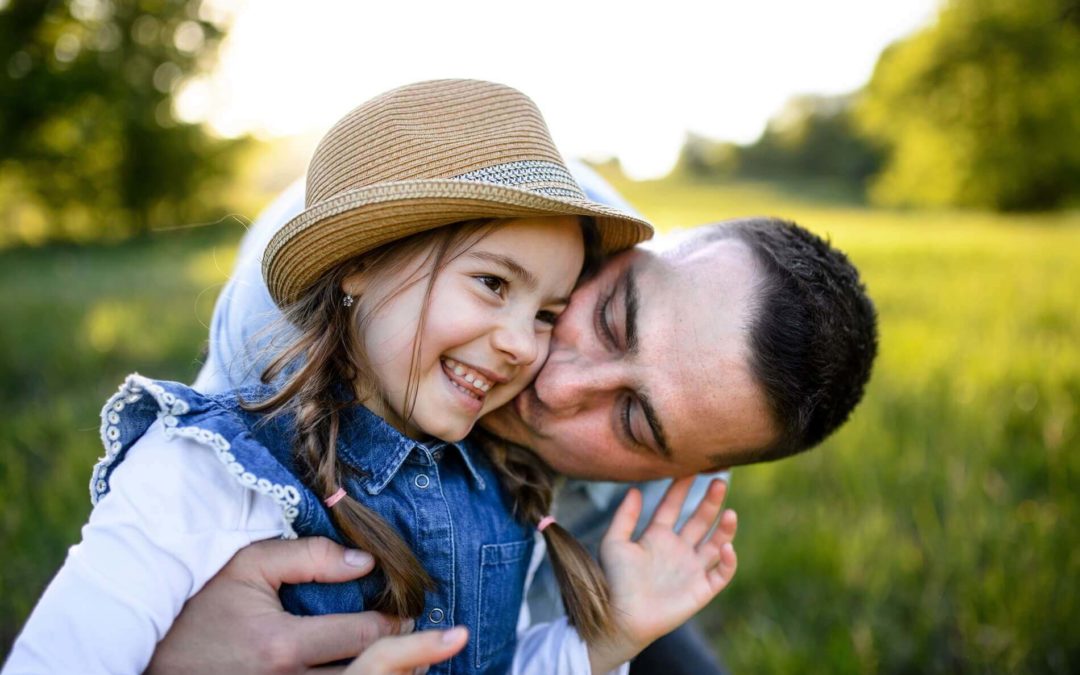Floortime is not just about having fun with your child in play, it’s about having fun together. It’s the shared joy that will pull your child into a shared world. When you are sharing joy together in play, you can get very rich, emotional interactions with each other, and it is through these interactions that you can foster your child’s development in significant ways.
Here are some suggestions of games you can play with your child to create opportunities for shared joy. Remember that the games are secondary to what is most important: the shared joy and interactions you get with your child. Use each game as a guide to get you to the goal of shared joy.
1. Peek-a-Boo/Hide and Seek
Depending on where your child is developmentally, you can choose Peek-a-Boo or Hide and Seek. These are by far the best games to foster shared joy. They encompass play around separation anxiety, suspense, anticipation, excitement, and elation as well as turn-taking.
Peek-a-Boo can have many variations that not only involve putting a blanket or similar covering over the child and then yourself before revealing “Peek-a-boo!” but that also include a sensory element. Depending on your child’s sensory processing profile, you can incorporate different textures and/or weights in the material of the covering to provide more or less stimulation or pressure.
Children further along in development can enjoy more complicated versions of Hide-and-Seek as you move further and further away and hide in more difficult places to find. You can even add clues for more challenge. You can also match it to your child’s sensory processing profile by adding climbing or crouching to crawl under or through objects to reach hiding spots, or by varying the level of excitement to balance your child’s state of regulation.
2. Bubbles or Balloons
Blowing bubbles or hitting balloons is a game that could be enjoyed alone, but can be made so much more fun when played together. It can involve turn taking, anticipation, frustration (when they pop), opportunity for experiential learning of prepositions (up, down, behind, in front of, over, under, etc.), and practicing patience.
You can blow bubbles at the count of 3. You can wait for the child’s response before you blow. The child can be motivated to learn to blow him/herself which is sometimes challenging for young children. You can name colours of balloons. You can hit them hard or softly to make them go down low or go up high, or even just let them go and watch them just fall to the ground.
3. Tickles or Hugs
Tickles are great because they make you laugh. By making a game out of tickles, you can get great anticipation and be silly together. When tickles might be too frightening or aversive, you can use hugs instead. Here the fun is in the anticipation of waiting for the tickle. You can come from up high or down low. You can ticket from behind or in front. You can take turns. You can name body parts. You can hug softly or firm. Please don’t torture your child, though, by continuing to tickle them to the point of discomfort!
4. Chase
Chase is in some ways similar to Hide and Seek, except that in this case you are always in sight of each other and are usually moving quickly. Chase can involve anticipation, excitement, learning vocabulary experientially around movement (fast, slow), and even get into pretend play having characters, stuffed animals, or puppets chase each other, for instance.
The “I’m…going…to…get…you” anticipation of chase is where it’s at. Developmental psychologist, Dr. Gordon Neufeld, discusses how the exhilarating terror that kids can sometimes feel when a parent playfully is going to ‘get’ them is a fantastic way to ‘play‘ and experiment with emotions of fear and anxiety because even though the emotions are real, it is safe when a caring, loving, nurturing parent is the one capturing them.
5. Run and Crash
Run and crash is a great game to enjoy together. You can make variations of the game which involves setting up some kind of tower of pillows or cushions, and running from across the room into them. You could also just run across the room and into the soft couch or onto a bed. If in a gym, you could run and crash into the big mats.
You can adjust the timing by varying the speed into the crash. You can work on other aspects of motor planning by stopping and starting or using green, yellow, and red lights. You can have a race with each other. You can also stretch out the interactions by building the pile of pillows you will crash into together, or by deciding together how you will run and crash into the mat that is different from last time.
To give you some additional ideas of how you can play with your child, the Association for Developmental Autism Programs and Therapies (ADAPT) wrote a great blog post highlighting something called ‘Giggle Games’. I hope you’ll check it out!
By applying the DIR framework and Floortime techniques, you can really use each of these games as wonderful tools to reach shared joy and rich, emotional interactions with your child. Please share any experiences you have had with these games in Floortime in the Comments section below and share on Facebook or Twitter if you found this post helpful.
Until next time… here’s to affecting autism through playful interactions!





Loved it!
Another game I play with children is Fast and Slow. I.e. if a child is running or jumping run/jump along and ask “was it slow or fast” and then once you have the shared attention and engagement, try to run/jump slow and then fast and then faster or slower. Pacing game can also be used for kids who keep bumping things together or hitting or opening/closing things.
Add a challenge, you can ask the child to rate his/her pace from 1 to 10 and then say, for example, “run at 4” and then run and when child stop as if it was 4 or 3 / 4 or 5. You can say “it seemed like it was faster than 4.”
There is also the famous game of circling the child without touching when, again, child is wondering/ running aimlessly go after him with affect (“I am coming..” kind of) and make sure child is anticipating you catching him/her and then circle him/her with your arms like a houlahoop, him/her in the middle. Wait for the child’s reaction. Very important right? and then if child say “go” or “open” then you let the child go. This is the basic and then caregiver can elaborate around it and make it more complicated.
Animal walks, Simon Says, obstacle courses. Hot/cold for hiding objects/toys/animals. All these games are great and can be played with almost no toys and anywhere.
This is what I come up in a glimpse.
Thanks for sharing your insights, on this wonderful topic. I believe this is going to be very helpful for my daughter. Similar activities were encouraged at my daughter’s school, Rebecca, in a recent seminar, wherein they asked us to research more and find tangible insights to this pressing issue. Thanks for helping me with your wonderful blog.
Thank you for the great comments and great additional game suggestions, Elif, that work on motor planning and visual/spatial processing as well!
Played for 20 minutes finally!! He said I’m going to get you, do it again AND Yes when I asked if he wanted to do it again.(nonverbal) He grabbed my hands and put them back into position to tickle him. I waited on eye contact before saying I’m going to get you and tickling. I also chased him around the house with it.
We also jumped on the bed a while while I sang “jumping with my mama, jumping with my mama”. After a while, I said stop and fall down. He stopped and fell down each time.
I’m just starting, so I’m learning what is it isn’t ok.
Sounds really great, Kim! Woo hoo!